

As we explore the creative world of art, it’s essential to acknowledge the sad reality that some of the greatest artists in history have lost their lives to suicide. From visual artists to musicians, these tragic deaths have left an indelible impact on the art world and beyond.
While the reasons for these tragic departures may vary, it’s important to remember that behind each loss is a natural person who struggled with their mental health. This article will explore the heartbreaking stories of famous painters who committed suicide, musicians who took their own lives, and visual artists who ended their lives.
Key Takeaways:
- Tragic artist deaths have impacted the art world throughout history.
- Famous artists’ suicides include Vincent van Gogh, Sylvia Plath, and Kurt Cobain.
- The mental health challenges faced by artists are unique and require attention.
- The impact of artist suicides on the art world is profound.
- Open conversations around mental health are essential in the artistic community.
Understanding the Mental Health Challenges in the Art World
Hello, and welcome to this article about famous artist suicides. Before we delve into the individual stories, we must understand artists’ mental health challenges. The art world is known for its creative and expressive nature but can also be a breeding ground for mental illness.
Artists face unique pressures that can contribute to mental health issues. The pressure to be unique and innovative, the need for constant self-promotion, and the financial instability of the industry can all take a toll on an artist’s mental well-being. Additionally, many artists use their work to express and cope with their emotions, which can blur boundaries between their art and their personal lives.
Studies have shown a higher prevalence of mental illness in the artistic community compared to the general population. The link between mental illness and creativity has been discussed for centuries, with some claiming that mental illness can enhance an artist’s creativity. While this idea may be accurate, it’s essential to understand that mental illness should never be romanticized or glorified.
By acknowledging the mental health challenges in the art world, we can work towards creating a more supportive and understanding community. Artists must prioritize their mental well-being, seek help when needed, and break down the stigma surrounding mental illness.
To learn more about the tragic stories of artists lost to suicide, continue reading.
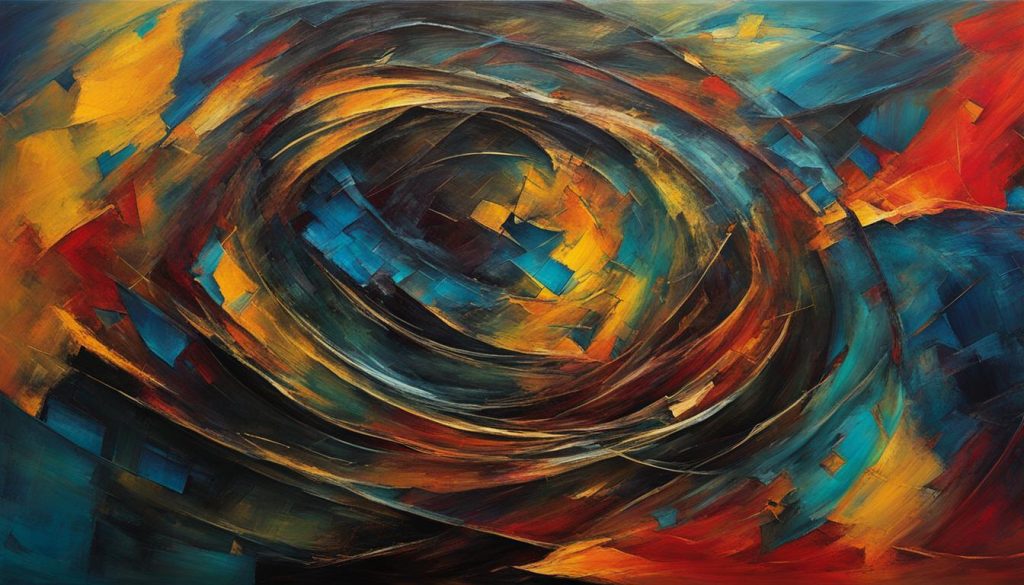

Famous Artists Lost to Suicide
Welcome to the heart-wrenching section of our exploration, where we will dive into the tragic stories of some of history’s most influential artists who took their own lives. The following artists were undeniably remarkable, and their work continues to impact the art world today profoundly. However, their artistic legacies were cut short by their struggles with mental health.
| Artist | Date of Death | Cause of Death |
|---|---|---|
| Vincent van Gogh | July 29, 1890 | Self-inflicted gunshot wound to the chest |
| Sylvia Plath | February 11, 1963 | Carbon monoxide poisoning |
| Kurt Cobain | April 5, 1994 | Self-inflicted gunshot wound to the head |
| Virginia Woolf | March 28, 1941 | She drowned herself in the River Ouse |
| Ernest Hemingway | July 2, 1961 | Self-inflicted gunshot wound to the head |
Vincent van Gogh, one of the most recognized and celebrated artists in history, struggled with mental illness and was admitted to a psychiatric hospital after an incident where he severed his ear. He ultimately took his own life at 37, leaving behind a legacy of beautiful and emotionally charged artwork.
Sylvia Plath is known for her incredible poetry and semi-autobiographical novel “The Bell Jar.” She, unfortunately, died by suicide at the young age of 30 after struggling with depression for much of her life.
Kurt Cobain, Nirvana’s lead singer and guitarist, was an icon of the grunge music movement. He was open about his addiction and mental health struggles and tragically died by suicide at 27.
Virginia Woolf, an English writer and essayist, took her own life by putting rocks in her pockets and drowning herself in the River Ouse. Her struggles with mental illness and her experiences with sexual abuse influenced her literary works, including the novel “Mrs. Dalloway.”
The famous novelist and journalist Ernest Hemingway struggled with alcoholism and depression. He took his own life at 61, leaving behind a legacy of impactful literature that inspires readers today.
The loss of these artists is undoubtedly tragic, and their suicides raise essential questions about the intersection of mental health and creativity. It’s crucial to remember these factors’ complex relationship and continue the conversation around mental well-being in the creative community.
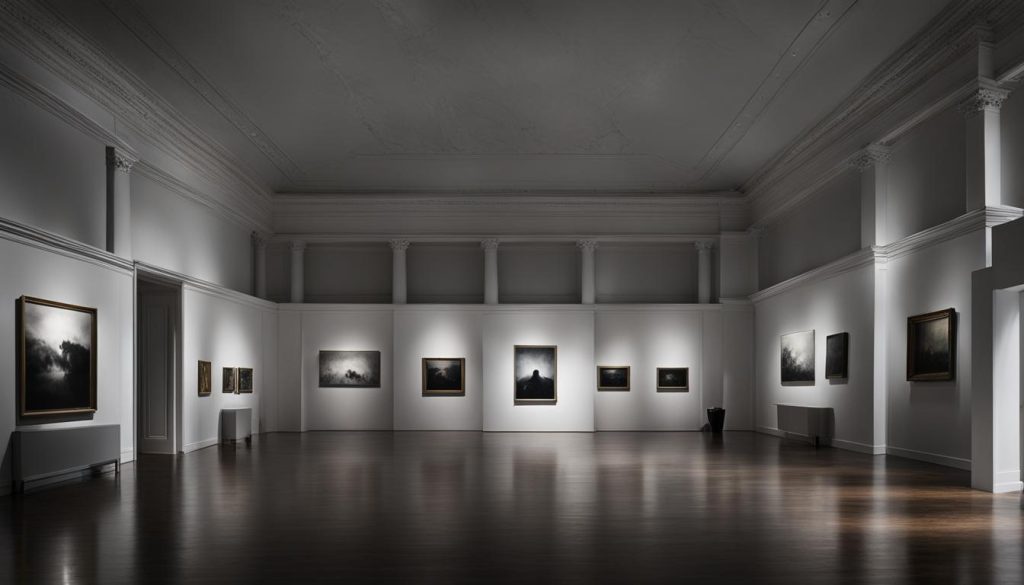

Notable Artists Who Ended Their Lives
This section will delve into the poignant stories of several notable artists who chose to end their own lives. By examining their backgrounds and personal struggles, we can understand the complex relationship between mental health and artistic expression.
Mark Rothko
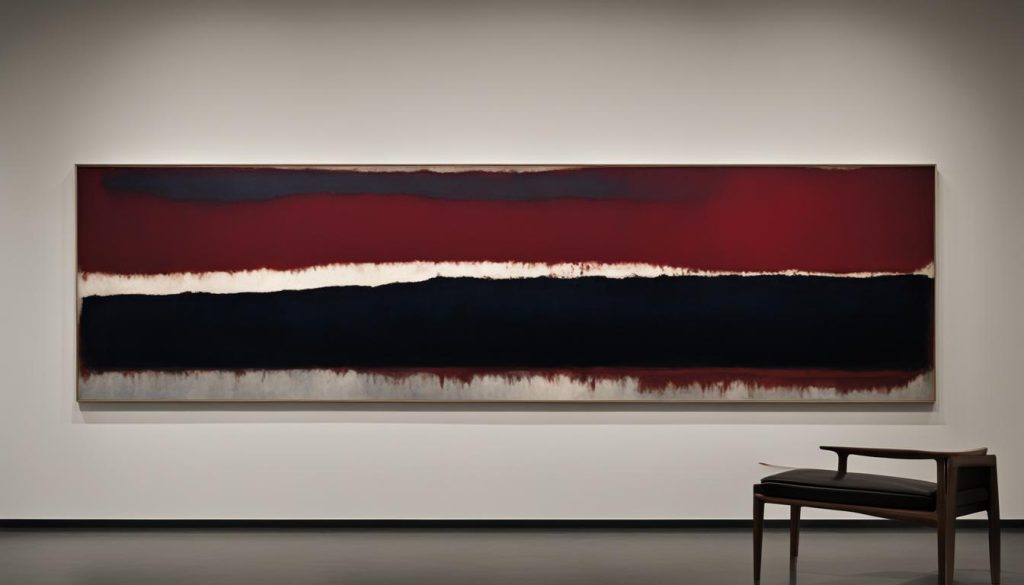

Mark Rothko was a renowned abstract expressionist painter who struggled with depression. In 1970, he committed suicide in his New York studio by ingesting a cocktail of drugs and cutting his arms with a razor blade. His death came shortly after he had completed a series of dark, brooding canvases that he had struggled to create.
“The people who weep before my pictures are having the same religious experience I had when I painted them.” – Mark Rothko
Diane Arbus
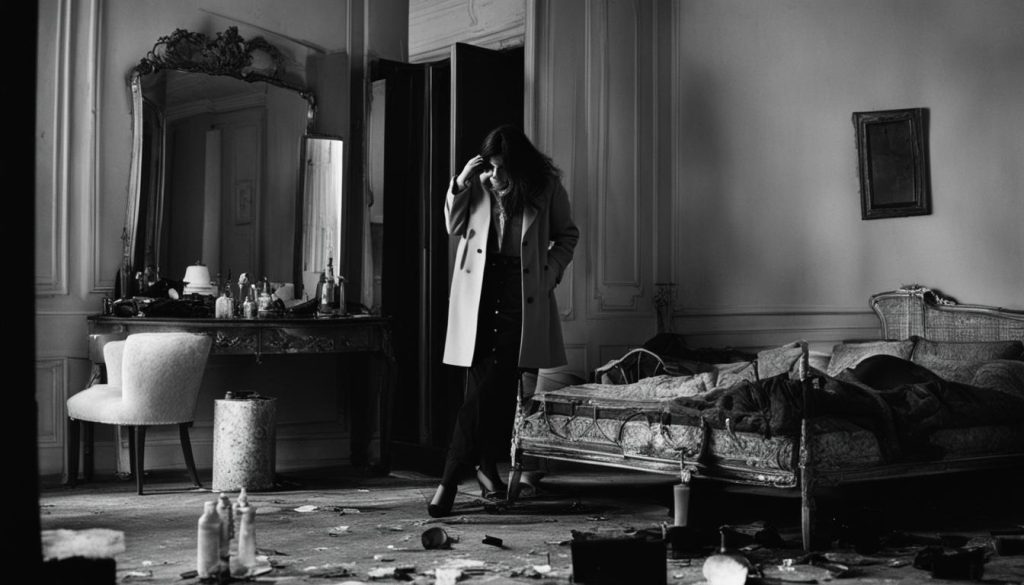

Diane Arbus was a groundbreaking photographer known for her portraits of marginalized individuals, such as circus performers and transgender people. Despite her professional success, Arbus struggled with depression and dissatisfaction with her work. 1971, she took her own life by ingesting many barbiturates and slashing her wrists.
“I really believe there are things nobody would see if I didn’t photograph them.” – Diane Arbus
Anne Sexton
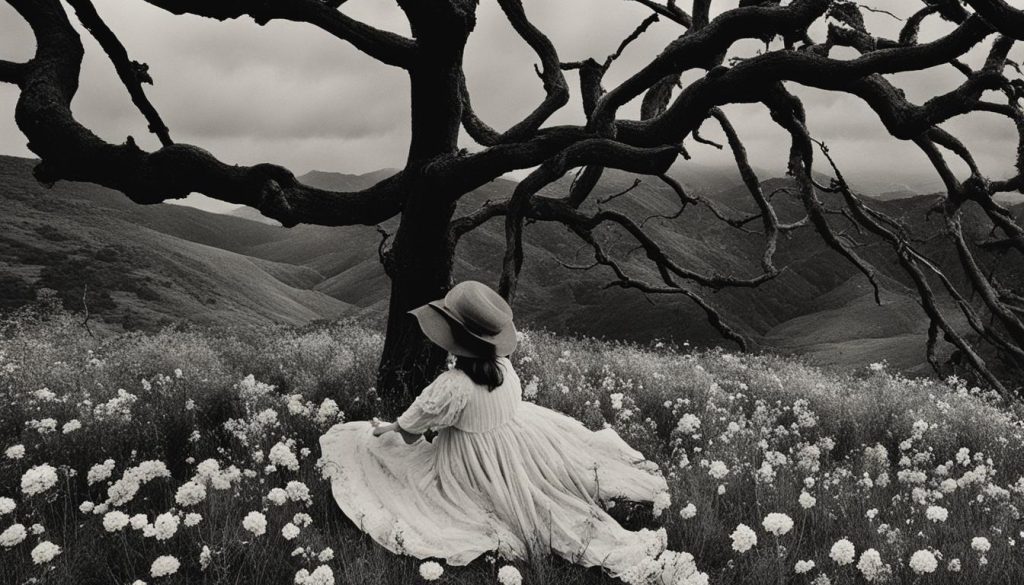

Anne Sexton was a Pulitzer Prize-winning poet known for her candid and confessional writing style. She suffered from bipolar disorder and attempted suicide several times before finally succeeding in 1974 when she locked herself in her garage and started her car’s engine. Her work often dealt with mental illness, addiction, and death themes.
“Live or die, but don’t poison everything.” – Anne Sexton
Jackson Pollock
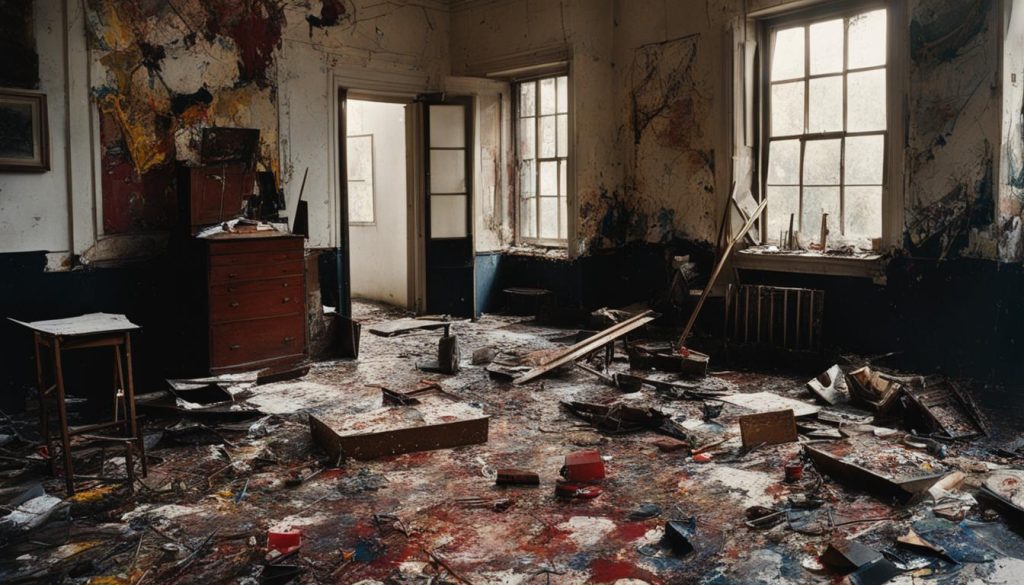

Jackson Pollock was a pioneering abstract expressionist painter known for using drip painting techniques. He struggled with alcoholism and depression throughout his life, and in 1956, he crashed his car while driving under the influence, killing himself and a passenger.
“The painting has a life of its own. I try to let it come through.” – Jackson Pollock
These artists may have left us too soon, but their legacies continue to live through their influential and groundbreaking work.
Music Artists Lost to Suicide
Music has always been a powerful medium for artists to express their deepest emotions. However, it’s also an industry that can come with immense pressure, leading to mental health struggles for many musicians. Some of the most talented and beloved musicians of our time have tragically taken their own lives.
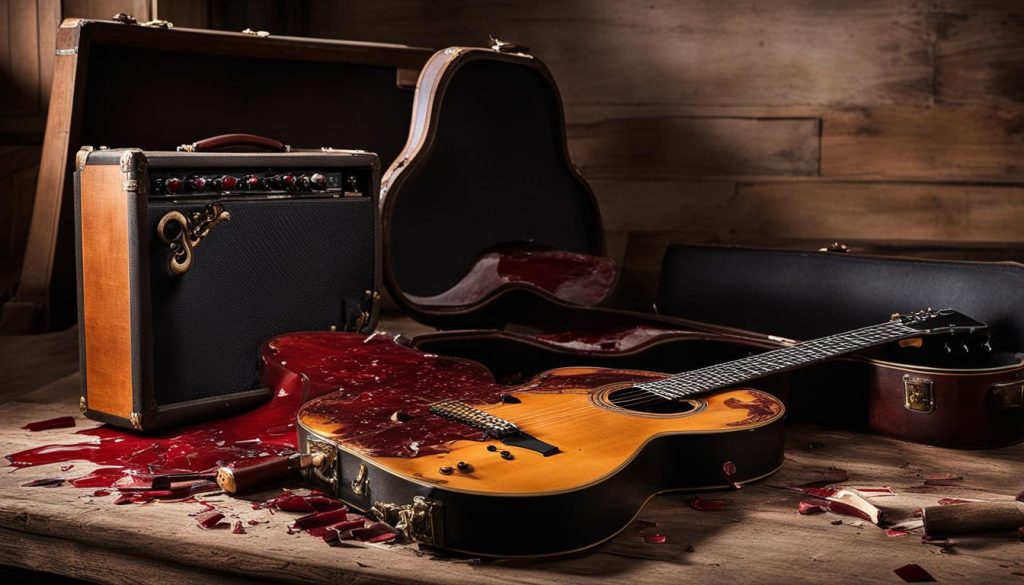

Kurt Cobain, the lead singer of Nirvana, is one of the most well-known music artists who lost to suicide. In 1994, at 27, Cobain took his own life after struggling with depression and drug addiction. His music still resonates with fans today, and his legacy as a cultural icon endures.
Elliott Smith, a talented singer-songwriter, struggled with addiction and intense depression before taking his own life in 2003. Despite his struggles, Smith’s music is revered for its emotional depth and raw honesty.
Chester Bennington, lead singer of Linkin Park, was open about his struggles with addiction and depression. In 2017, at 41, he tragically took his own life. His music continues to inspire and connect with fans around the world.
Amy Winehouse was an incredibly gifted singer and songwriter known for her unique voice and soulful lyrics. Her struggles with addiction and mental health were well-documented, and in 2011, she died by suicide at 27. Despite her short career, Winehouse left a lasting impact on the music industry.
Table: Music Artists Lost to Suicide
| Artist | Age at Time of Death | Cause of Death |
|---|---|---|
| Kurt Cobain | 27 | Suicide by gunshot |
| Elliott Smith | 34 | Suicide by stabbing |
| Chester Bennington | 41 | Suicide by hanging |
| Amy Winehouse | 27 | Suicide by alcohol poisoning |
These talented music artists were taken too soon, leaving behind legacies that continue to inspire fans worldwide. Their tragic deaths are a reminder of the importance of mental health awareness and support in the music industry and beyond.
Examining the Impact on the Art World
The impact of artist suicides on the art world is undeniable. These tragedies have raised important questions about the relationship between art and mental health and sparked much-needed conversations about mental well-being in the creative industry.
One of the most significant impacts of artist suicides has been the recognition of mental health challenges faced by artists. The pressures of the industry, including self-doubt, financial instability, and social isolation, can take a toll on mental health. The resulting discussions have helped break down the stigma surrounding mental illness and develop resources for needy artists.
Furthermore, the impact on the legacies of artists who have taken their own lives cannot be ignored. While their artwork may continue to resonate with audiences worldwide, their untimely deaths have left a lasting mark on their creative output. Some argue that their struggles and pain have enhanced the emotional depth of their work, while others question whether their art would have evolved differently if they had lived longer.
These discussions also highlight the complexity of the relationship between mental health and creative expression. While some artists may use their artistic output to cope with mental illness, others may feel that their struggles stifle their creativity.
It is essential to view the impact of artist suicides through a lens of compassion and understanding. By recognizing the challenges artists face and mental illness’s impact on creative expression, we can work towards developing a more supportive and empathetic art world.
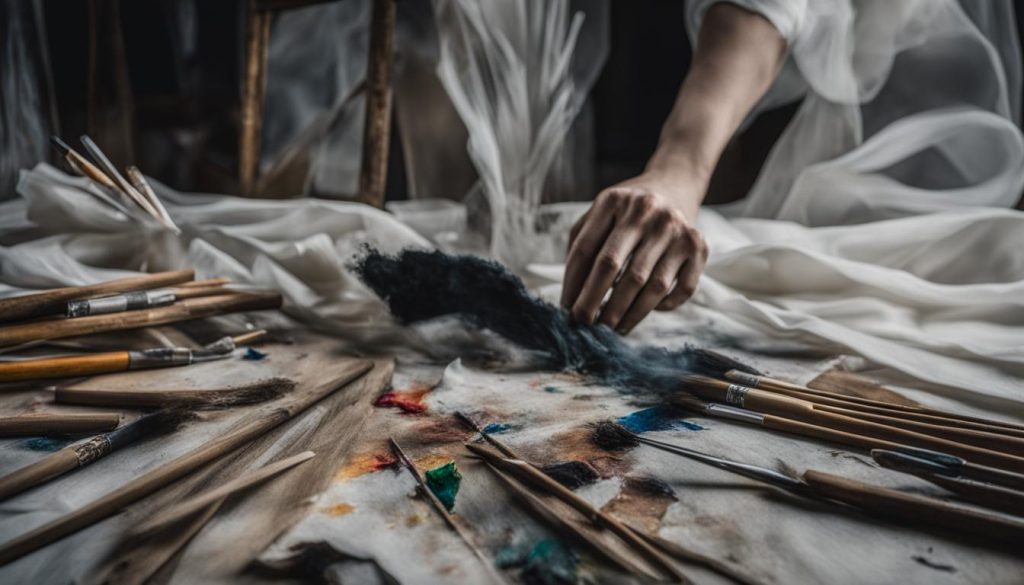

Conclusion
As I conclude our exploration of artists lost to suicide, I am left with a heavy heart yet a newfound appreciation for the connection between art and mental health. The stories we examined remind us of the struggles many artists face behind the scenes and the importance of addressing mental illness in the artistic community.
While these tragedies have undoubtedly left a mark on the art world, they have also sparked essential conversations around mental well-being and the need for support systems for those in need. I encourage all of us to continue these discussions and support one another in our journeys.
As we move forward, let us honor the legacies of the artists we have lost and remember the impact of their contributions to the world of art. May their struggles inspire us to promote mental health awareness, empathy, and compassion within the artistic community and beyond.
FAQ
What artists have killed themselves?
This article will explore the tragic narratives surrounding artists who have taken their own lives. Some notable examples include Vincent van Gogh, Sylvia Plath, Kurt Cobain, Virginia Woolf, and Ernest Hemingway.
What are the mental health challenges in the art world?
Before we delve into the individual stories, we must understand artists’ unique mental health challenges. The connection between mental illness and creativity in the art world is a topic worthy of exploration.
Who are some famous artists who lost to suicide?
Some famous artists who tragically ended their lives include Vincent van Gogh, Sylvia Plath, Kurt Cobain, Virginia Woolf, and Ernest Hemingway. We will delve into their stories and their impact on their artistic legacies.
Can you tell me about notable artists who ended their lives?
Certainly! Notable artists who ended their lives include Mark Rothko, Diane Arbus, Anne Sexton, and Jackson Pollock. We will explore their struggles and the influence they had on their artistic expressions.
Which music artists were lost to suicide?
Music has also experienced its fair share of tragic losses. Some music artists who took their own lives include Kurt Cobain, Elliott Smith, Chester Bennington, and Amy Winehouse. We will discuss the impact of mental health on the music industry and their lasting musical legacies.
How do artist suicides impact the art world?
Artist suicides have had a profound impact on the art world. These tragedies have sparked discussions around mental health in the artistic community and reshaped the narrative surrounding art. We will delve into the broader implications of these events.
What’s the conclusion of this exploration?
As we conclude our exploration of artists who have taken their own lives, it is essential to remember the complex relationship between art and mental health. By shedding light on these stories, we hope to encourage open conversations around mental well-being in the artistic community.


